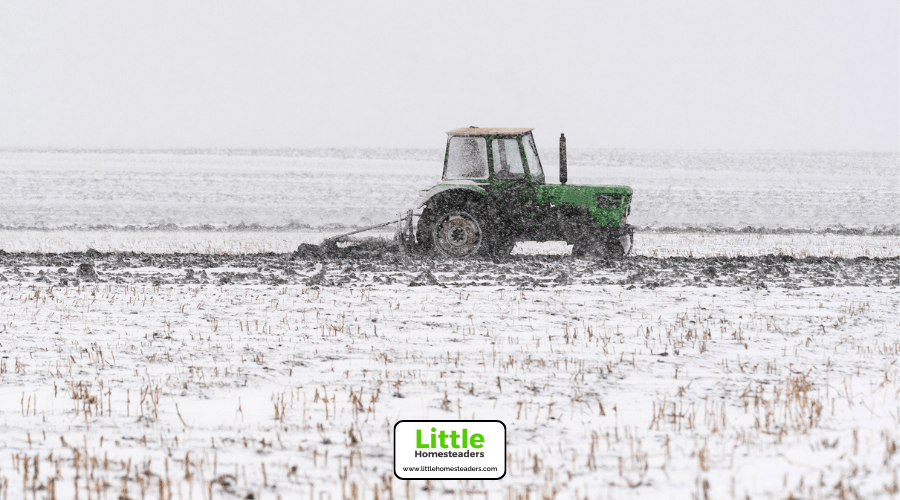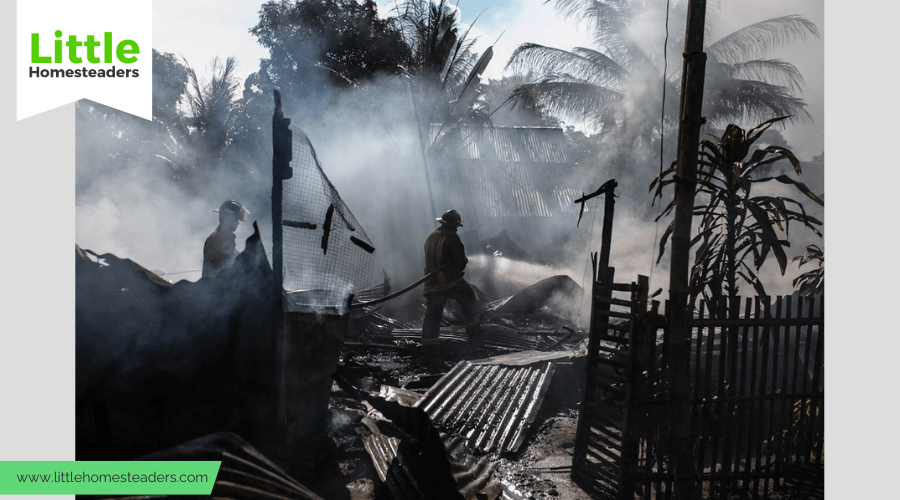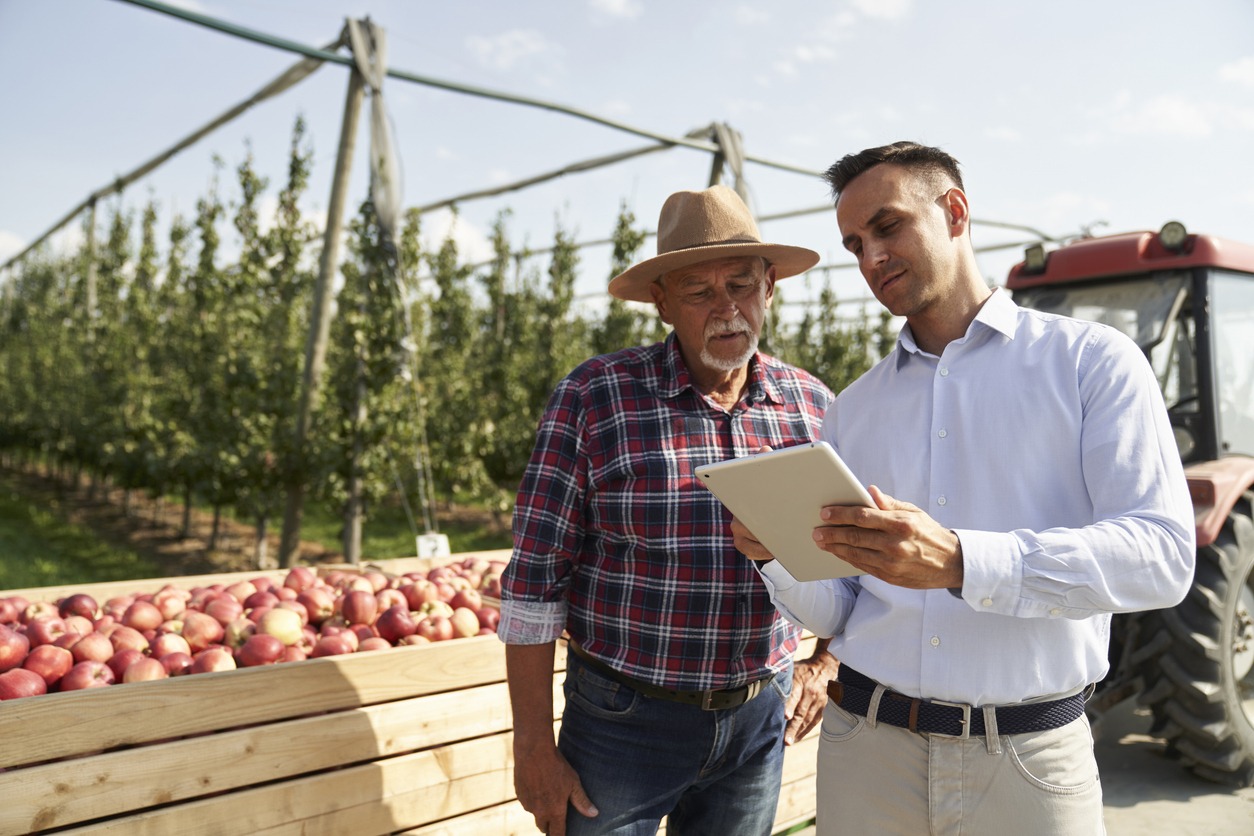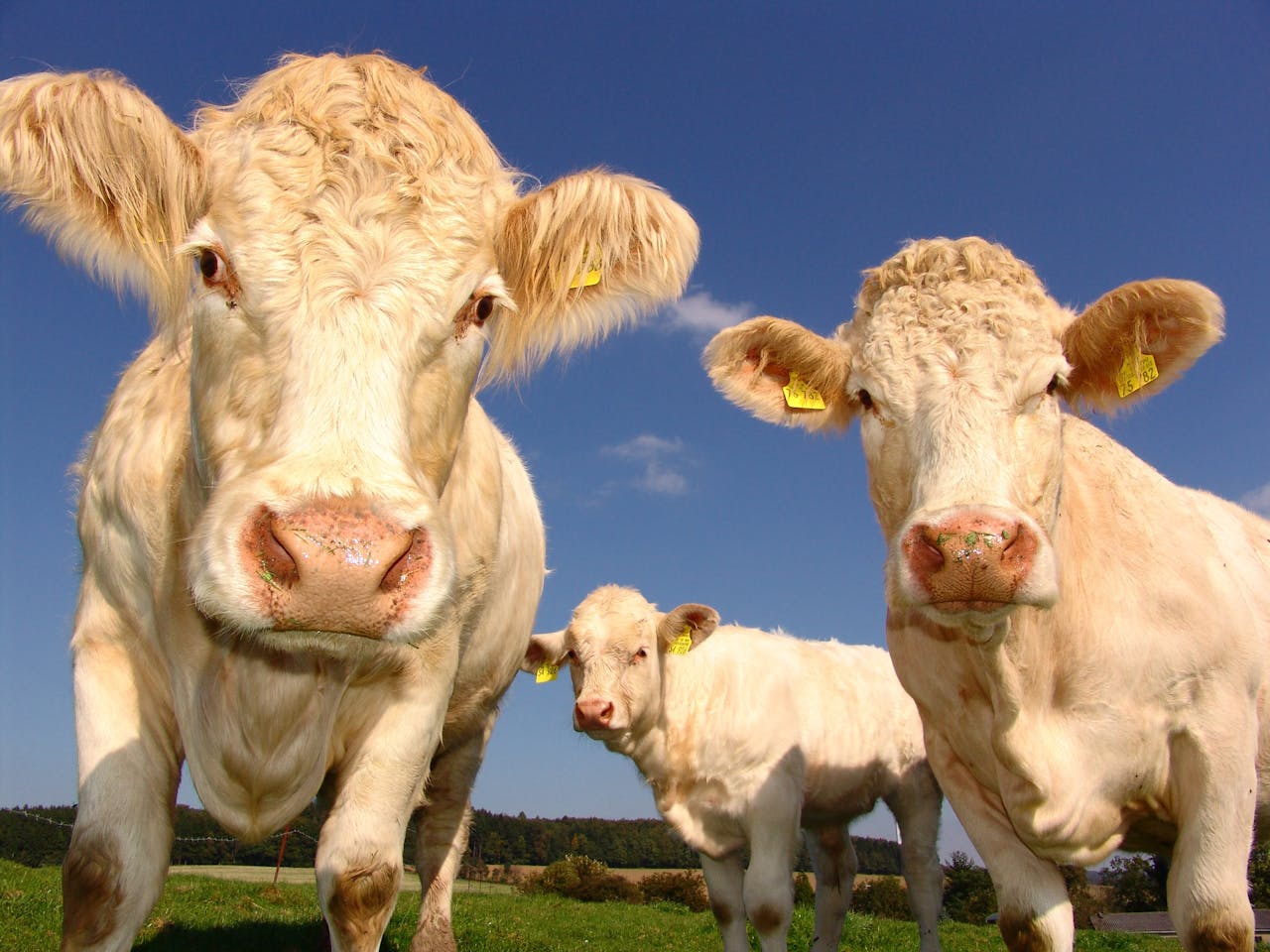Preparing for the Unexpected: A Homesteader’s Guide to Resilience and Preparedness
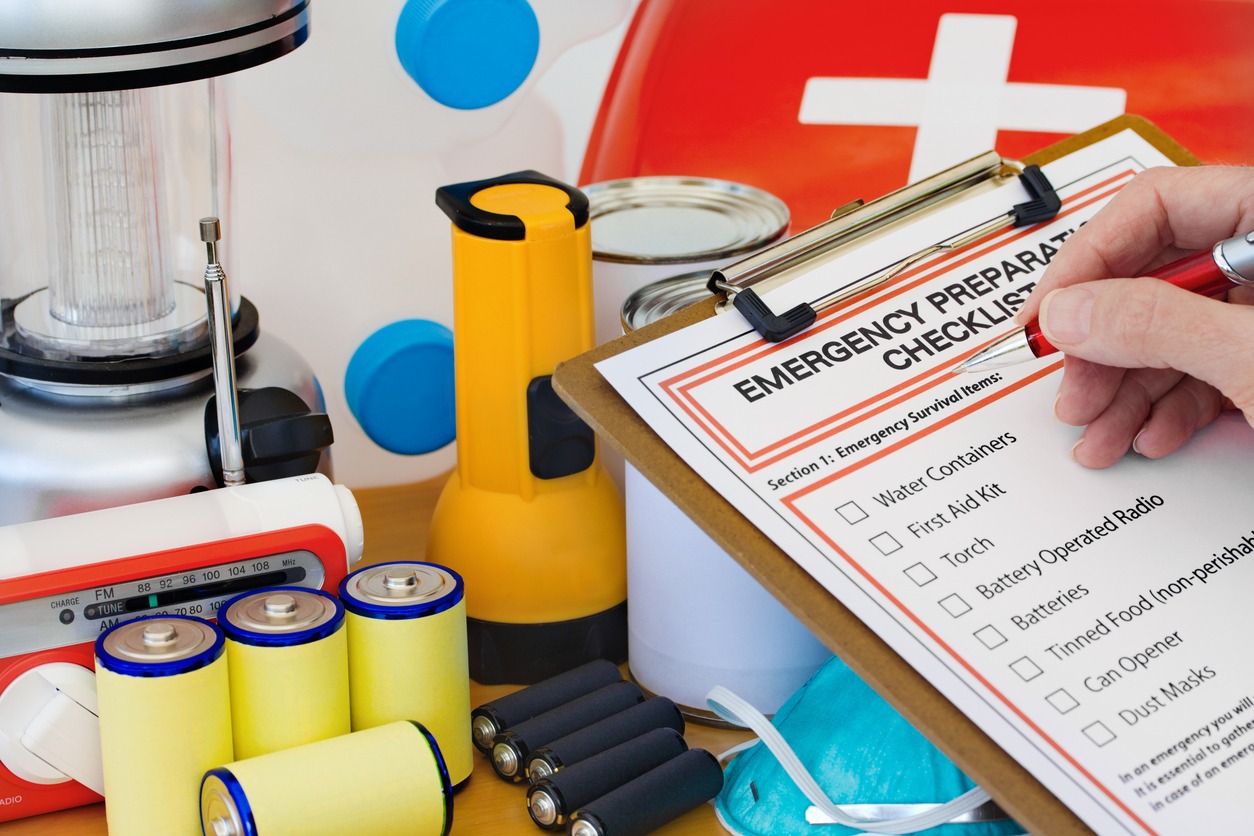
Homesteading is full of rewards, but it also comes with challenges—some of which you might not see coming. Whether it’s a sudden power outage, an unexpected storm, or supply chain disruptions, being ready for the unknown can make all the difference. Preparation isn’t just about having supplies; it’s about building systems, gaining skills, and creating a support network that can help you thrive no matter what happens. Here’s how to get started.
Build a Resilient Homestead Foundation
Creating a strong foundation for your homestead is the first step toward long-term preparedness. This involves understanding your property, planning for food production, and investing in renewable energy.
1. Evaluate your land’s natural resources.
Take a close look at what your land offers. Where are your water sources? How healthy is your soil? Is there enough sunlight or wind for renewable energy systems? Mapping out these resources will help you make better decisions. For instance, if your soil needs improvement, start composting to build fertility. If you’re in a windy area, consider wind turbines to harness natural energy.
2. Diversify your food production.
A resilient homestead depends on a variety of food sources. Grow multiple types of crops to reduce the risk of losing everything to pests or bad weather. Consider livestock suited to your climate, like chickens for eggs and meat or goats for milk. Alongside fresh produce and meat, think about storage. A pantry stocked with preserved foods—whether canned, dehydrated, or freeze-dried—can provide security during hard times.
3. Invest in renewable energy and water systems.
Reduce your dependence on external utilities by installing solar panels or wind turbines. Pair these with battery storage so you have power on cloudy or windless days. Water is just as important—install rainwater harvesting systems or dig a well. Make sure you have ways to purify water if your primary source becomes contaminated.
4. Create windbreaks and shelter for livestock.
Protecting your animals and crops from harsh weather is a crucial part of resilience. Plant windbreaks with trees or shrubs to shield gardens and pastures. Provide sturdy shelters for animals to keep them safe during storms.
5. Incorporate renewable energy systems.
Install solar panels, wind turbines, or micro-hydro systems to reduce reliance on external utilities. Pair these with battery storage to ensure power availability even during outages. For added resilience, have a backup generator with a fuel supply.
Plan for Emergencies Before They Happen
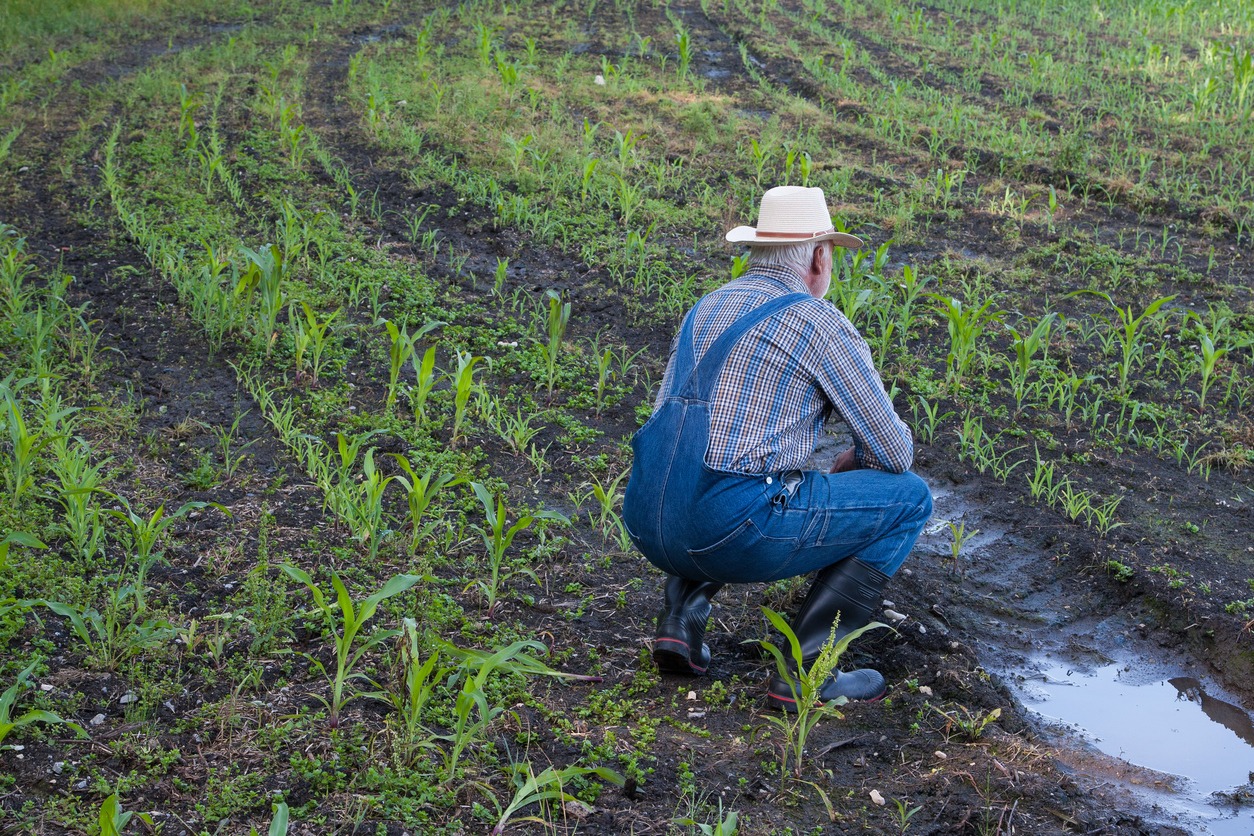
Preparedness is about anticipating the unexpected. Having a plan in place can reduce stress and ensure your family is ready to respond.
1. Identify risks specific to your area.
Start by understanding the challenges your region might face. Are floods common? What about earthquakes or severe storms? Knowing the risks lets you tailor your plans to the threats most likely to occur.
2. Create a family emergency plan.
Sit down with your family to discuss what to do in different scenarios. Assign roles, such as someone responsible for gathering important documents and another for packing supplies. Practice evacuation routes and rehearse responses so everyone knows their part.
3. Stock up on essential emergency supplies.
Build an emergency kit with enough food, water, and supplies to last at least two weeks. Include items like first-aid kits, flashlights, batteries, and communication tools such as radios. Keep these items in an accessible location and regularly check that everything is in working order.
4. Practice your plan regularly.
Conduct drills at least twice a year. Simulate different scenarios to ensure everyone knows how to respond. Practice communication during power outages by using radios or other backup methods.
5. Learn emergency repair techniques.
Know how to make quick fixes during a crisis. For example, learn how to patch a roof, repair fencing, or stabilize a well pump. This knowledge can save precious time and resources when professional help isn’t immediately available.
Stockpile Supplies You’ll Actually Use
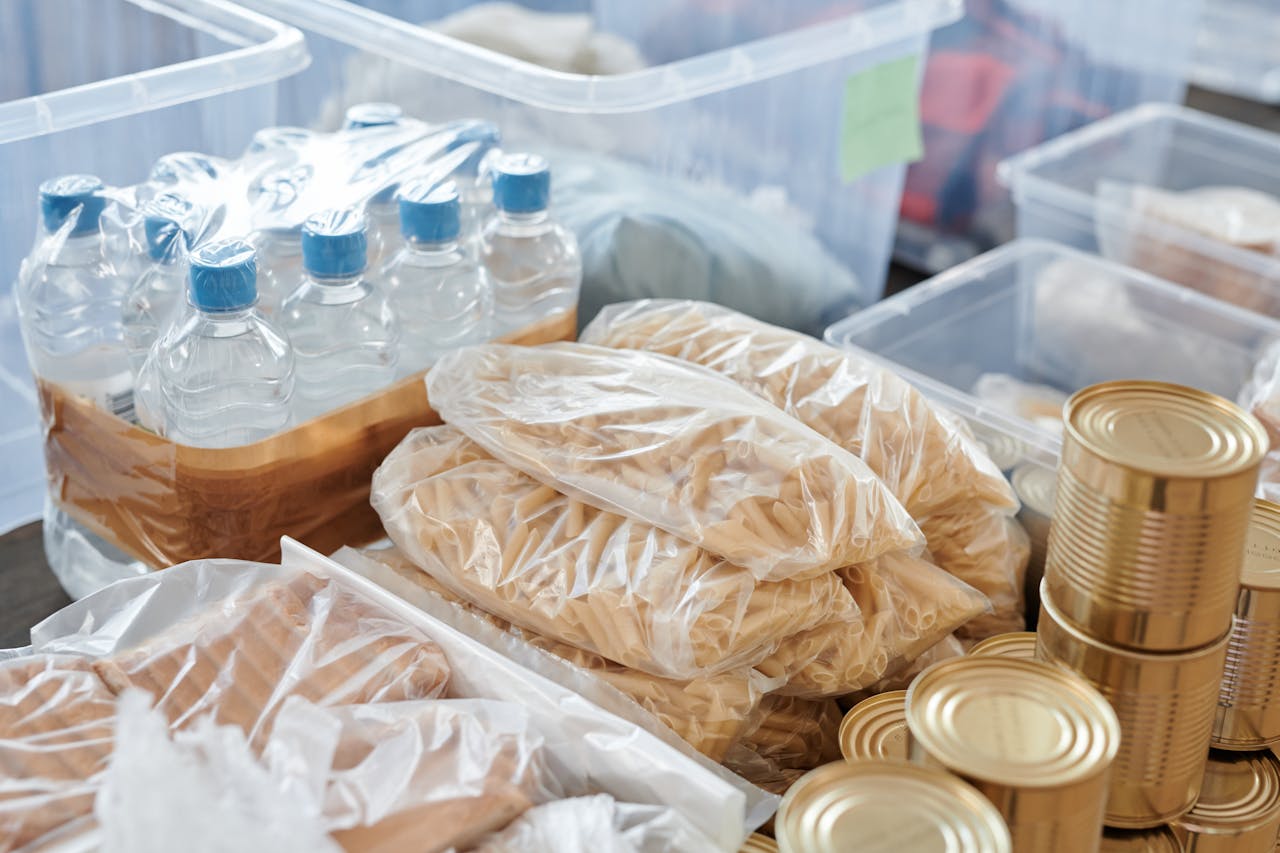
Stockpiling isn’t just about storing food—it’s about having what you need to maintain your daily life during disruptions.
1. Prioritize food and water storage.
Store a mix of shelf-stable foods like canned goods, dried beans, and grains. Supplement these with home-preserved foods like pickled vegetables or canned sauces. Aim for a minimum of one gallon of water per person per day for at least two weeks. Consider additional water for pets or livestock.
2. Maintain your stockpile regularly.
Make it a habit to rotate stored items. Use older supplies first and replace them with fresh stock. Keep an inventory so you can track what’s running low or needs replacing.
3. Include tools and medical supplies.
Don’t stop at food and water. Add items like duct tape, multi-tools, and spare parts for your equipment. A first-aid kit with bandages, antiseptics, and any necessary medications is essential. Also, think about comfort items—sometimes, a little coffee or chocolate can do wonders during stressful times.
4. Keep livestock feed and supplies on hand.
If you raise animals, stock extra feed, bedding, and medical supplies. Have portable pens or crates for safe transport during evacuations. Remember, healthy animals mean a healthy homestead.
Develop Self-Sufficiency Skills
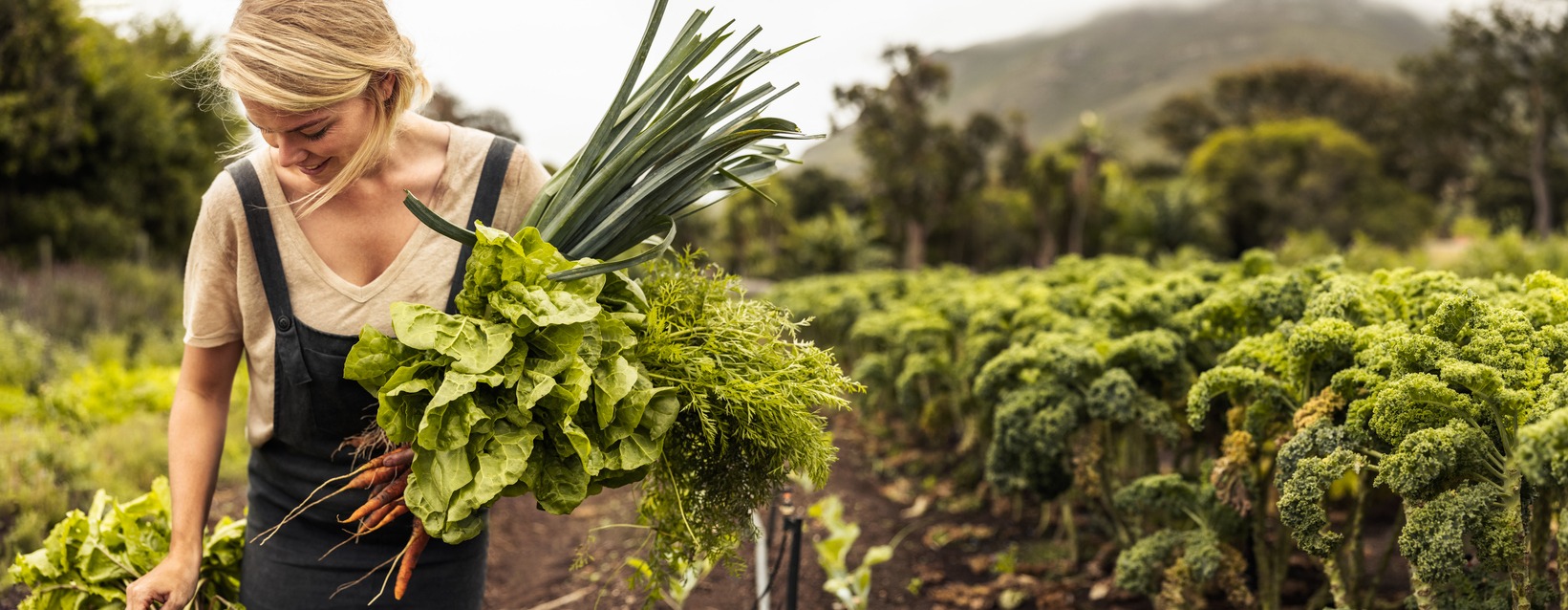
Having the right supplies is important, but your skills are what truly make you prepared. Learning how to provide for your family without external help is a cornerstone of homesteading.
1. Master essential homesteading skills.
Start with the basics: gardening, raising animals, and preserving food. For example, learn how to grow crops from seed, harvest them properly, and store them for long-term use. If you raise chickens, know how to care for them to keep them healthy and productive.
2. Expand into specialized skills.
Go beyond the basics by learning first aid, basic carpentry, and equipment repair. You don’t need to become an expert overnight, but gaining even a little experience in these areas can save you time, money, and stress.
3. Diversify your income and resources.
Consider side hustles that align with your homesteading lifestyle, like selling eggs, honey, or homemade soap. Not only does this provide extra income, but it also builds skills and resilience.
4. Study off-grid living techniques.
Practice cooking without electricity using solar ovens or rocket stoves. Learn how to heat your home using wood stoves or passive solar designs. These skills are invaluable during extended outages.
5. Build financial self-sufficiency.
Diversify your income streams by selling produce, crafts, or homestead-made goods. Establish a small emergency fund to cover unexpected costs, like equipment repairs.
Build Redundant Systems for Key Needs

Having backups for critical systems ensures your homestead can keep running when the unexpected happens.
1. Set up backup power systems.
Solar panels and wind turbines are great, but pair them with a backup generator and a fuel supply for emergencies. Battery storage systems can provide power during shorter outages, while generators are better for extended disruptions.
2. Ensure you have multiple water sources.
Water is life, so don’t rely on just one source. Set up rainwater collection systems, keep a well maintained, and have portable filters or purification tablets on hand. These options ensure you’ll have clean water even if your primary supply is interrupted.
3. Plan for communication failures.
In a crisis, staying connected is crucial. Keep tools like ham radios, satellite phones, or even walkie-talkies available. These can help you stay in touch with loved ones and coordinate efforts with your community when traditional networks fail.
4. Diversify animal feed systems.
Grow forage crops, use food scraps, and keep a feed stockpile. A varied feed plan ensures your livestock can stay healthy during supply chain disruptions.
Connect with Your Community
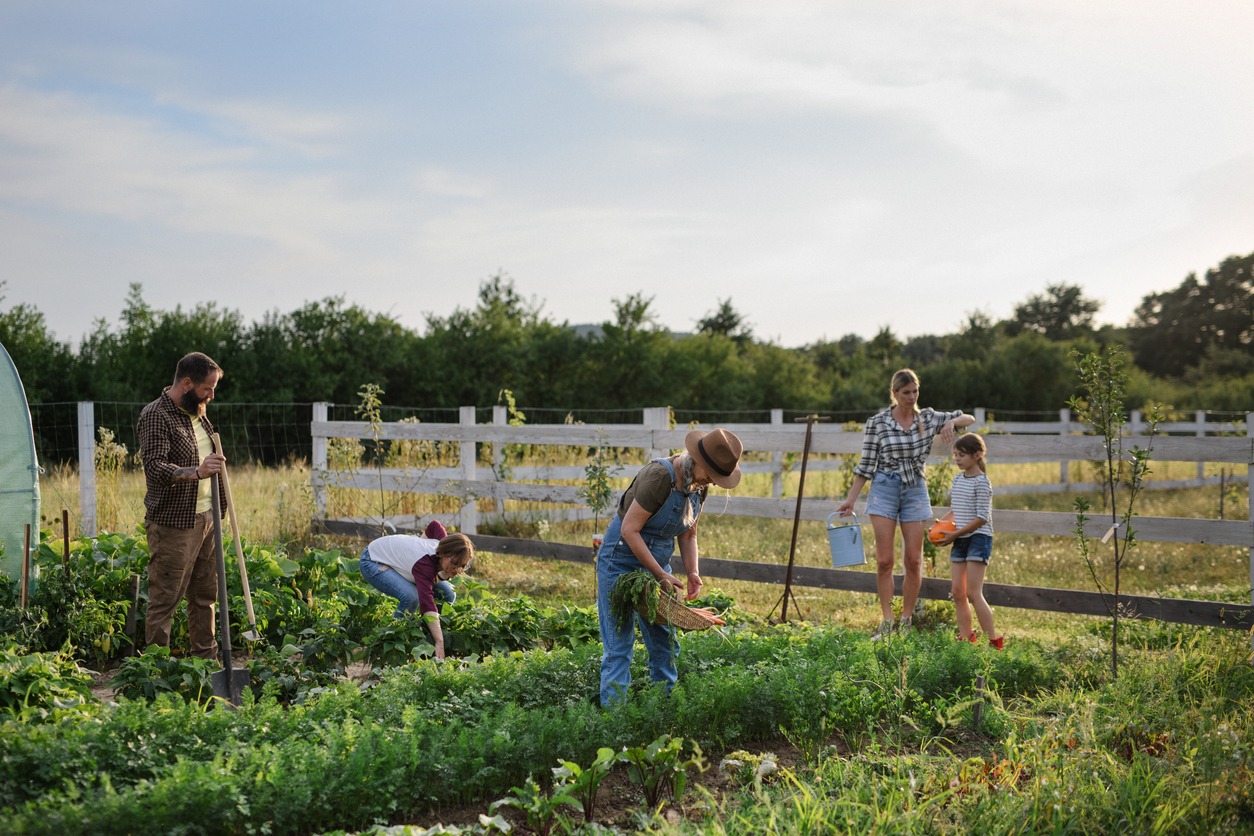
Homesteading often focuses on self-reliance, but community support can be invaluable during emergencies.
1. Get to know your neighbors.
Building relationships with nearby families can lead to resource sharing and mutual aid. Simple acts like trading eggs for fresh vegetables or lending tools can strengthen these bonds.
2. Join homesteading or farming groups.
Local organizations often host workshops, offer bulk purchasing opportunities, and create networks of like-minded people. Online groups can also be a great place to exchange ideas and ask questions.
3. Collaborate during emergencies.
Coordinate with neighbors or group members to share resources, labor, or transportation during a crisis. This collective effort can ease the burden on everyone involved.
Stay Mentally and Emotionally Prepared
Your mindset is just as important as your material preparations. In stressful times, a calm and focused approach can make all the difference.
1. Practice stress management techniques.
Find ways to cope with stress, such as journaling, meditating, or praying. These practices can help you process emotions and make clear-headed decisions during a crisis.
2. Involve your family in preparedness.
When everyone knows their roles and responsibilities, it reduces confusion and builds confidence. Teamwork creates a sense of unity that can help everyone stay calm during emergencies.
3. Take care of your mental health.
Avoid burnout by setting realistic goals and taking breaks. Celebrate small wins and make time for hobbies or activities that bring you joy. A healthy mind is crucial for long-term resilience.
Conclusion
Preparedness is about more than just surviving—it’s about thriving in uncertain times. By evaluating your land, planning for emergencies, stockpiling wisely, honing your skills, and connecting with your community, you’ll build a homestead that can handle whatever comes your way. Start small, keep learning, and take each step with purpose. Preparedness isn’t just a safety net; it’s a lifestyle that brings peace of mind and a sense of empowerment.

